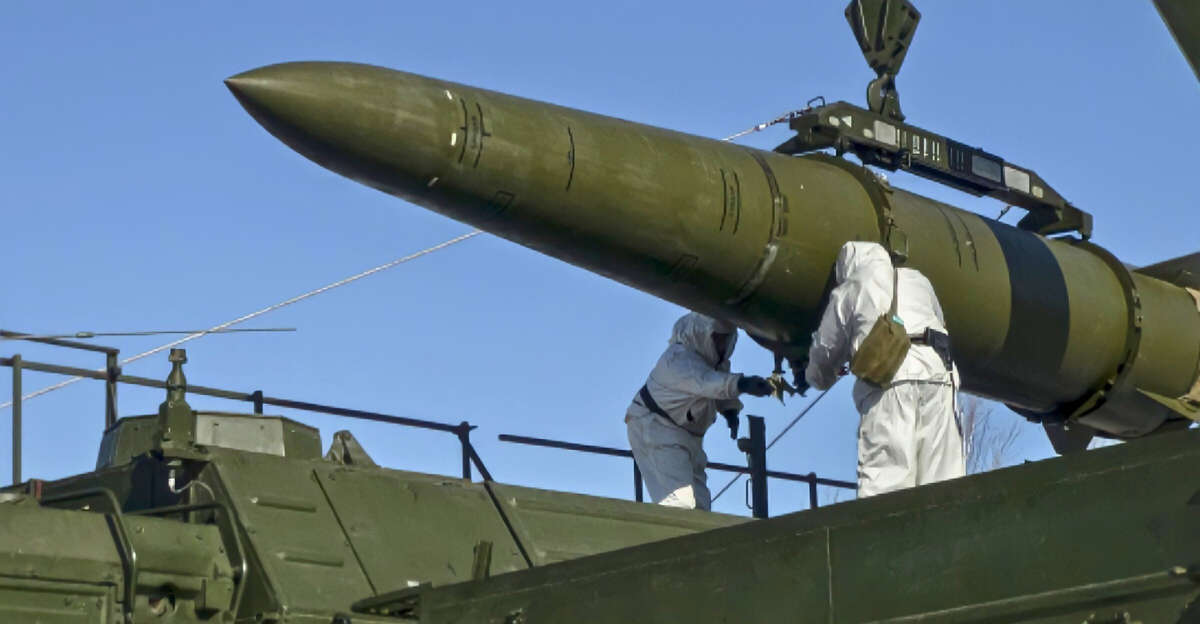
In recent years, military buildups and nuclear threats have been escalating across the globe. This has spread concerns among nations fearing the future likelihood of nuclear war.
SIPRI’s June 2023 report signals nuclear risks are reaching Cold War levels. The Stockholm International Peace Research Institute declared we are “now in one of the most dangerous periods in human history.”
Nuclear Flashpoints
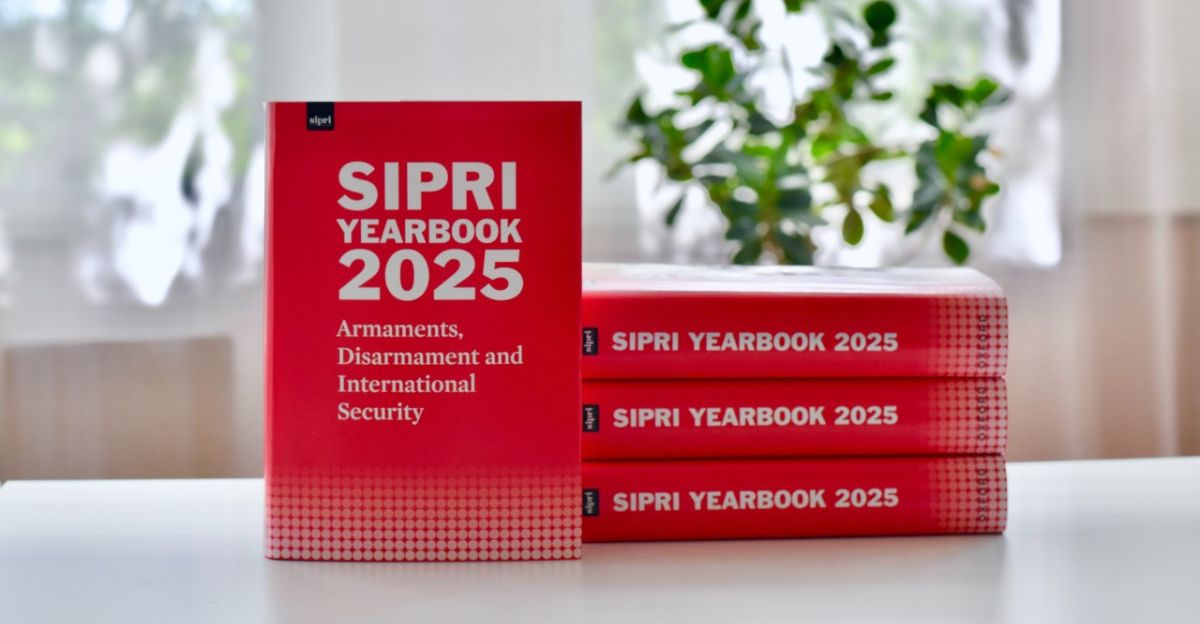
Many regions across Europe and Asia are facing heightened tensions as nations build up their nuclear weapons and engage in escalating conflicts.
SIPRI’s 2025 Yearbook notes the world’s nuclear stockpile grew to 12,241 warheads, with 9,614 ready for use. These increases make global nuclear diplomacy even more urgent.
Historic Standoff
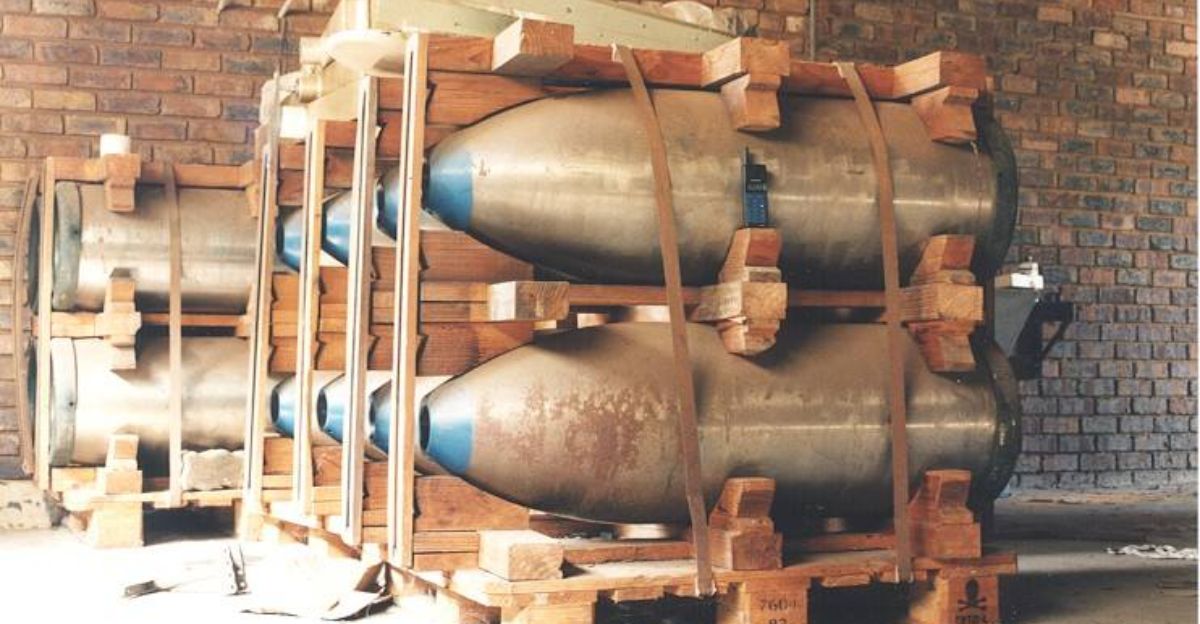
This isn’t the first time that there have been sentiments against nuclear weapons. Efforts to curb nuclear weapons began in the 1960s, with the Non-Proliferation Treaty, and each decade after has seen significant talks and setbacks.
Some states pursued nuclear capabilities despite global disarmament campaigns. The push for a world without nuclear weapons remains a work in progress.
Mounting Pressures
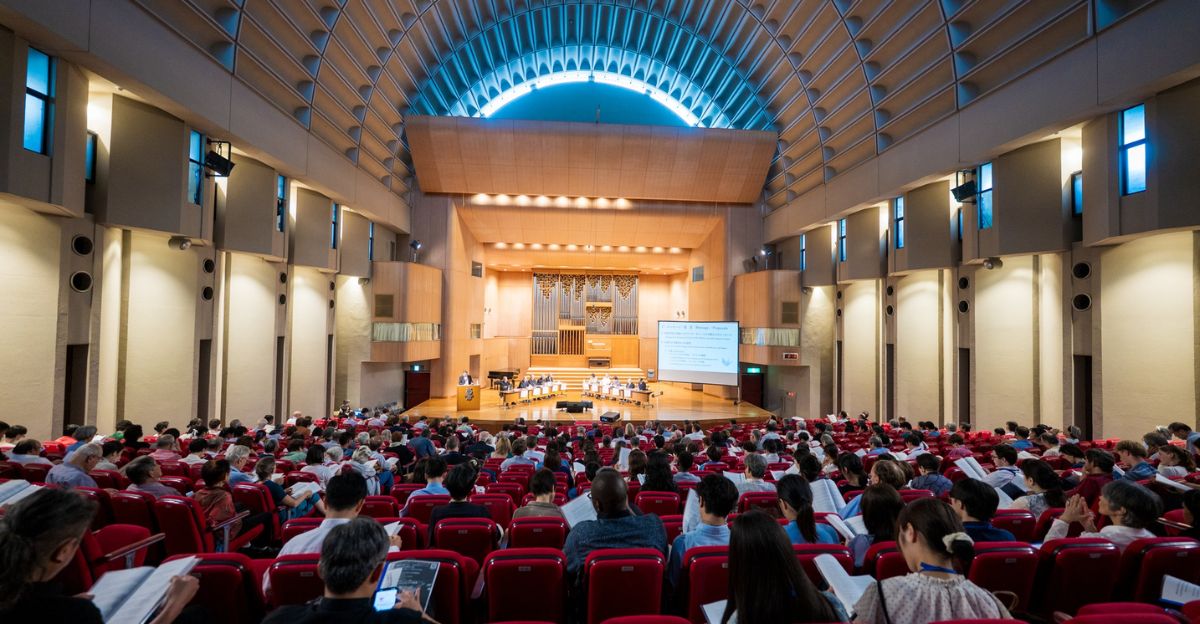
Organizations like ICAN have stressed the urgency of curbing nuclear armament following the failed 2020 NPT Review Conference.
Activists and diplomats insisted new action is needed to prevent further proliferation and backsliding, but many nations continue to build up stockpiles in the shadow of rising tensions.
Recent Pacts
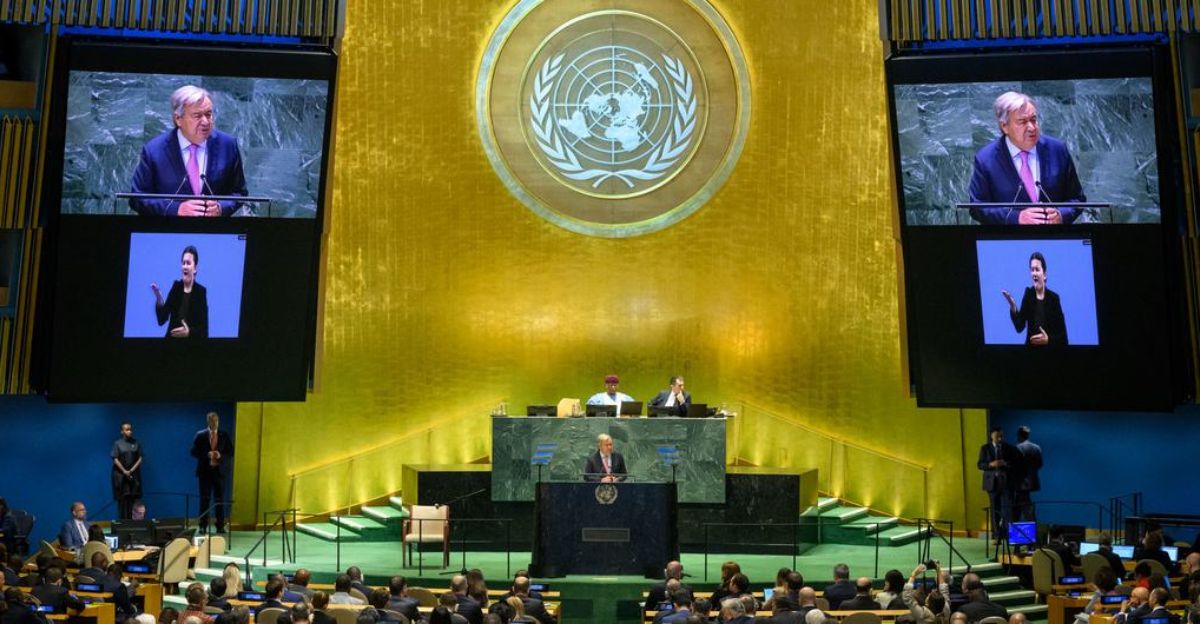
One of the latest efforts to create a safer future without the chances of nuclear escalation is the UN’s September 2024 “Pact for the Future.” This pact saw dozens of countries express the same sentiments about nuclear weapons and the need for nuclear disarmament.
UN Secretary-General António Guterres heralded it as the first recommitment to multilateral nuclear disarmament in ten years.
Regional Momentum
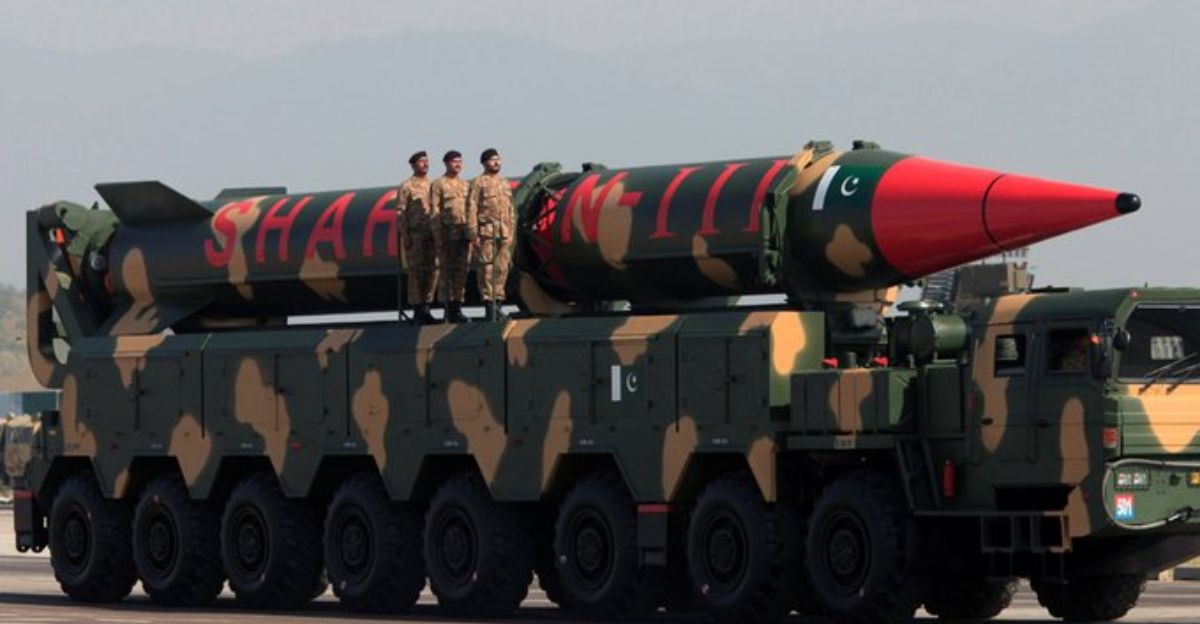
Non-NATO countries have shown similar interests in nuclear armaments, with regional momentum in Asia growing rapidly.
By July 2025, China pledged to sign Southeast Asia’s 1997 Nuclear-Weapon-Free Zone Treaty. As Reuters reported, Malaysia’s government confirmed China’s plans, and ASEAN members welcomed new safeguards.
Diplomatic Voices
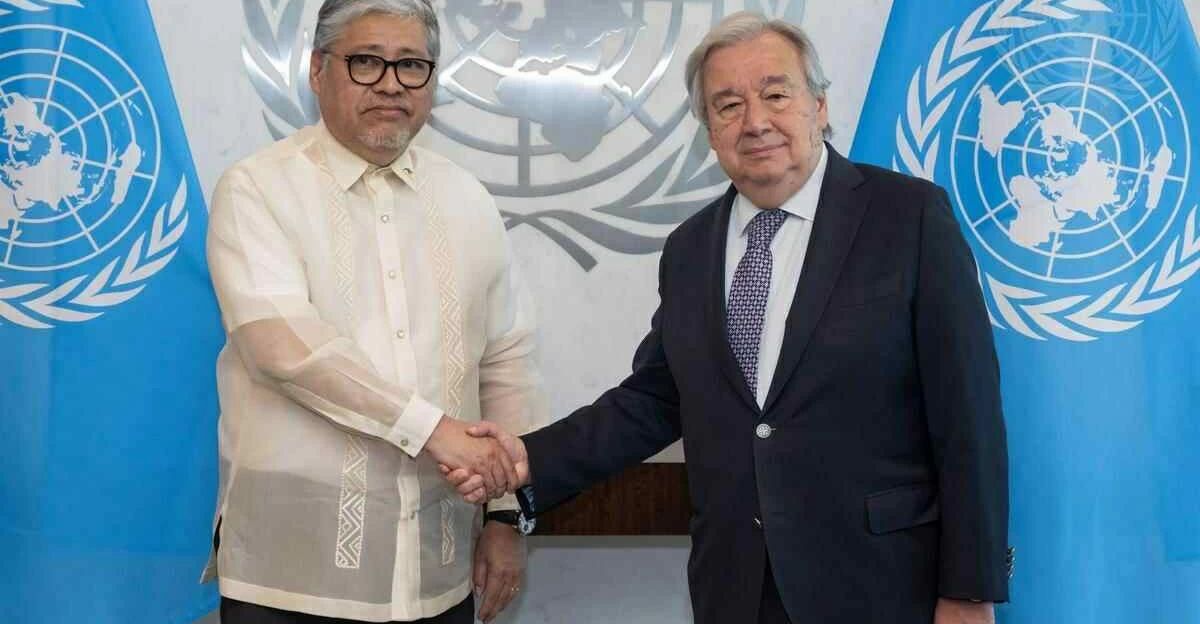
World leaders were happy to praise the agreements, with Philippine Foreign Minister Enrique Manalo stating, “The Pact brings new vigor to our unfinished business of eliminating nuclear weapons.”
UN Secretary-General Guterres celebrated the renewed global commitment to disarmament.
Competitor Response

While significant strides have been made towards nuclear agreements, not all nations are on board. The U.S., U.K., and France declined to join recent disarmament pacts but voiced support for discussions.
Meanwhile, the Nuclear Weapons Ban Monitor finds that 98 countries now back the Treaty on the Prohibition of Nuclear Weapons, creating fresh pressure on nuclear holdouts.
Macro Lens
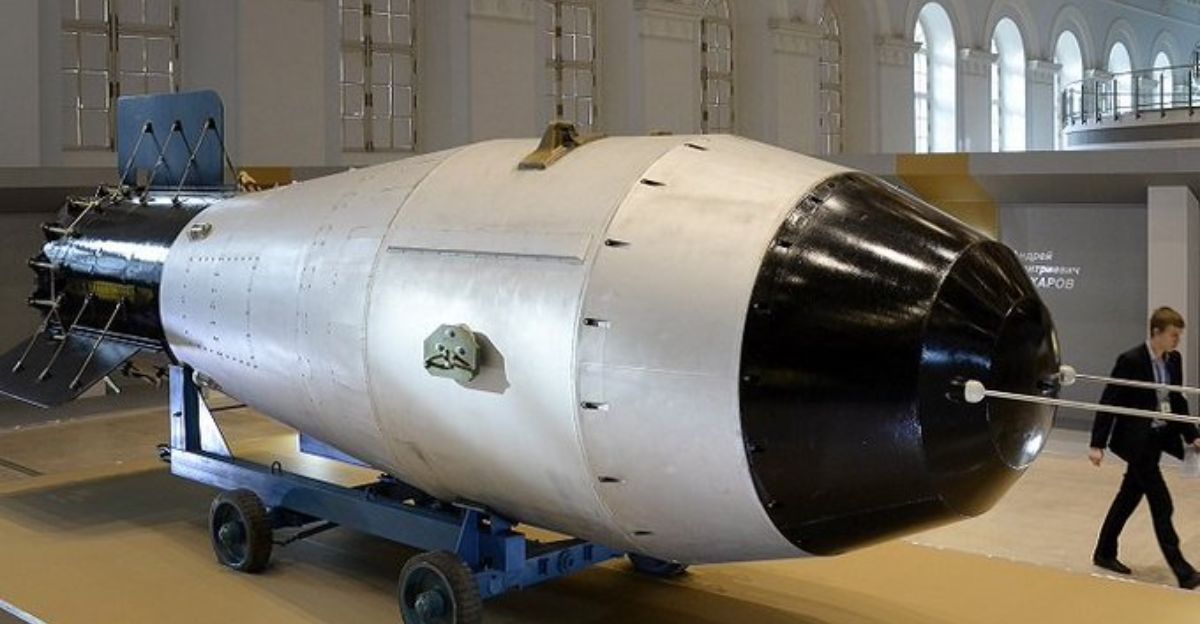
Most of the world’s countries do not have nuclear warheads and maintain a nuclear-free status. Many nations that held a nuclear weapon status dismantled theirs as part of disarmament pacts.
Today, there is still a global “taboo” against new nuclear states, even as security doctrines and tensions evolve.
Treaty Growth
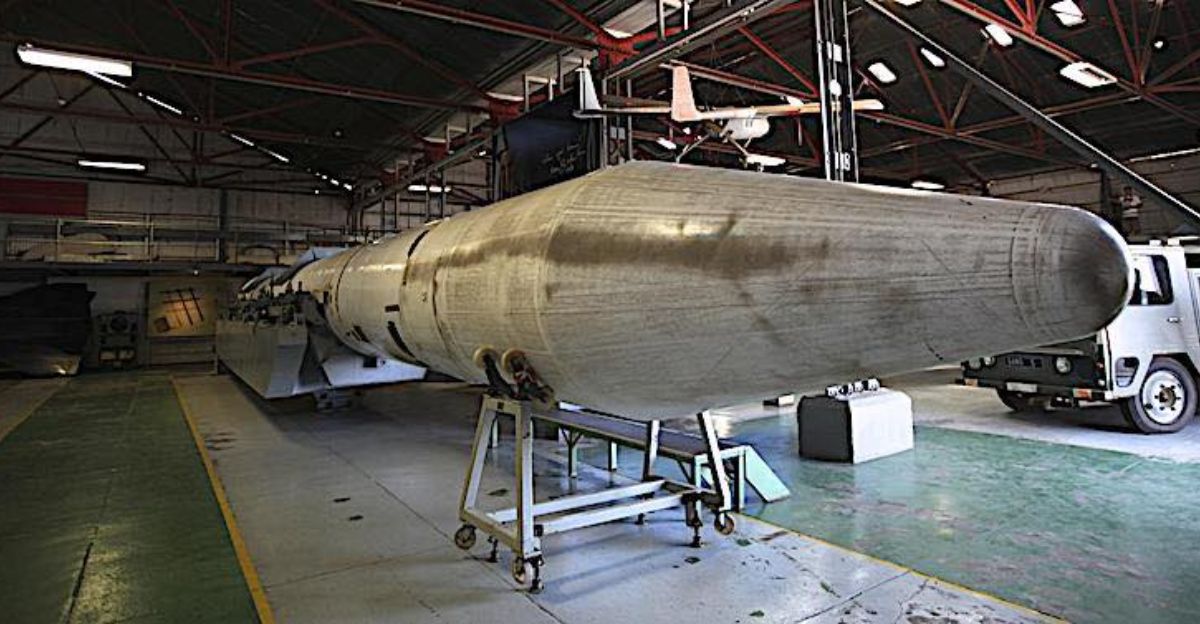
Ban Monitor reports that the number of Treaty on the Prohibition of Nuclear Weapons signatories climbed steadily between 2024 and 2025, including half of all UN member states.
This marks growing international agreement—even if some major powers aren’t participating.
Internal Tensions
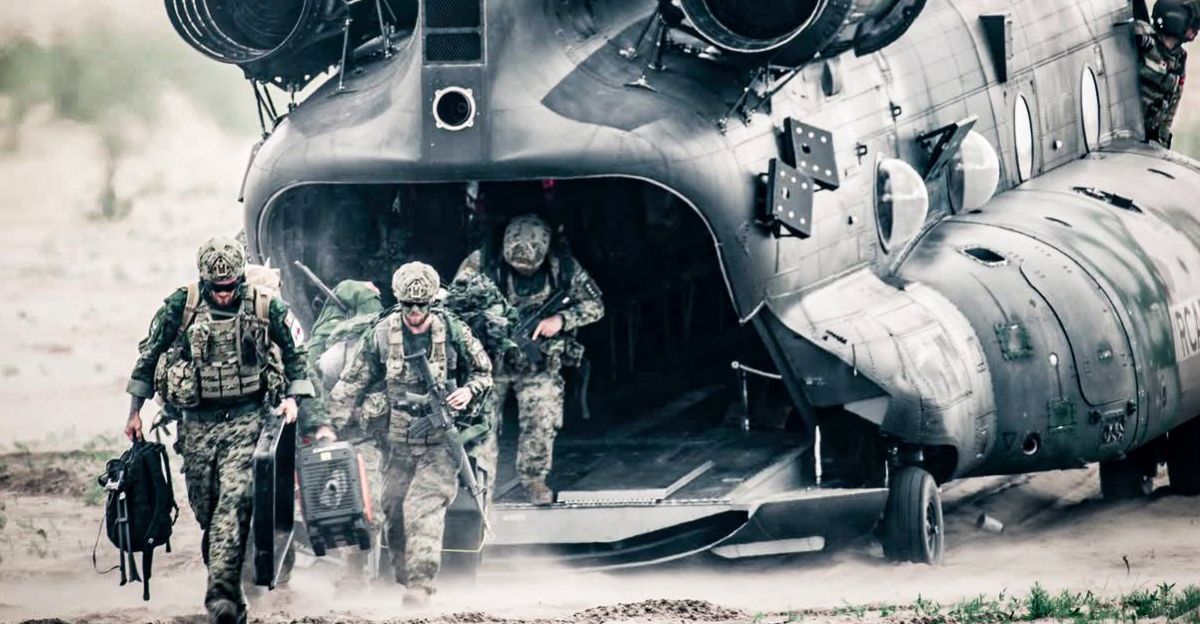
Yet, security experts remain skeptical. NATO and Asian alliance officials worry that the absence of nuclear powers from new pacts could weaken deterrence and empower adversaries.
Critics argue that symbolic gestures without participation from major nuclear states may undermine existing security frameworks.
Leadership Shifts
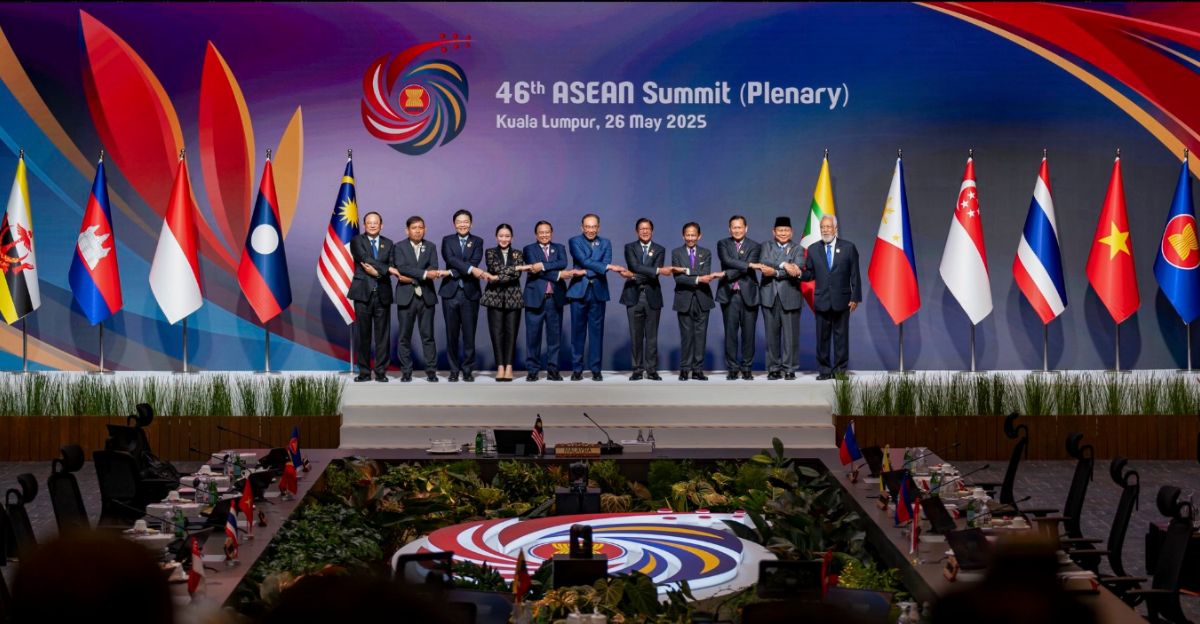
Diplomatic leadership is shifting. ASEAN, joined by countries like the Philippines and Malaysia, took a prominent role in negotiations, as Reuters details.
This represents a new chapter where smaller powers help shape the global push for disarmament.
Comeback Moves
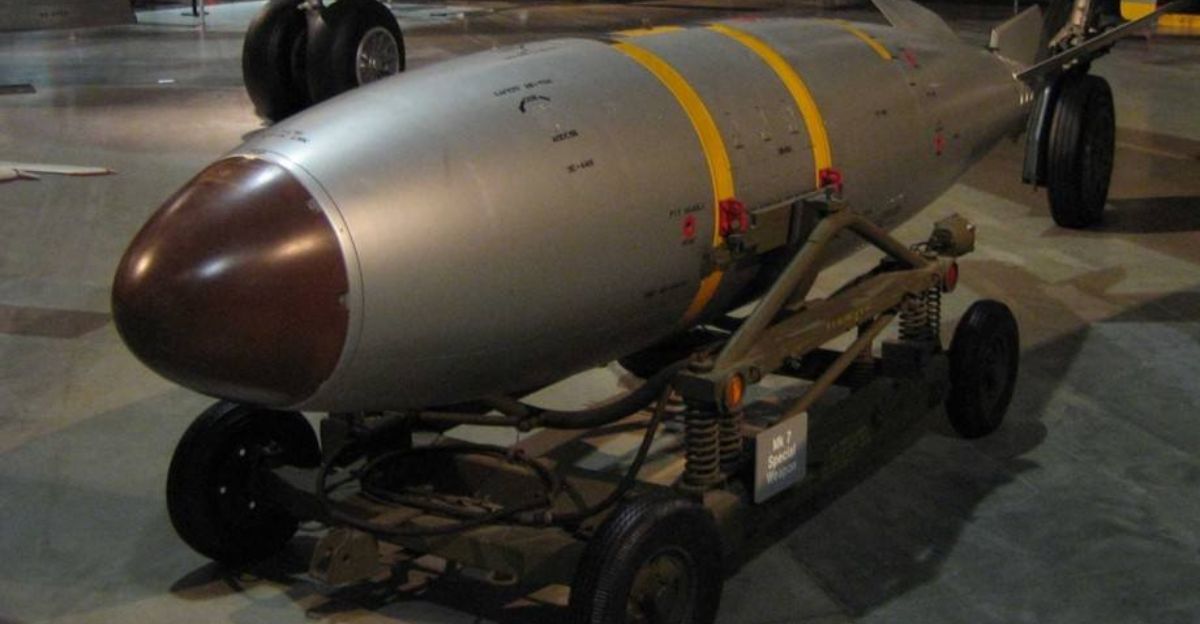
Facing global pressure, some nations have begun new verification and confidence-building measures.
UN records highlight efforts to translate sweeping promises into practical weapons development and deployment limits.
Expert Warnings
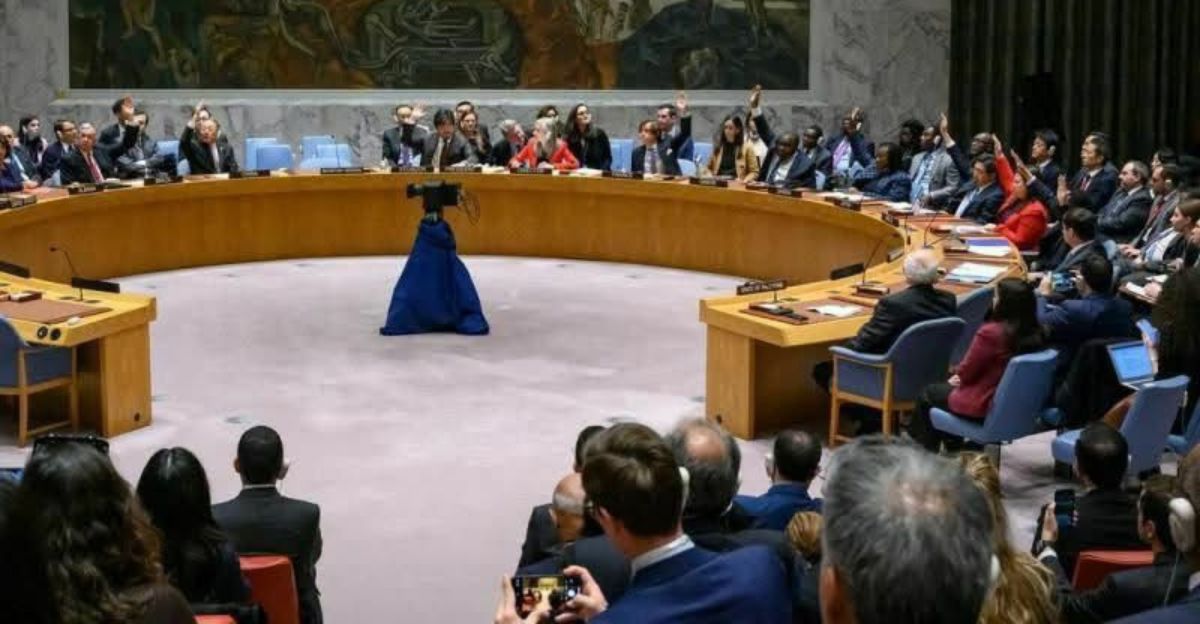
Experts remain cautious about the new pact’s effectiveness. While ICAN and other organizations welcomed the UN agreement, analysts note it advances conversation but stops short of enforcing non-proliferation among current arsenals.
Many emphasize that eliminating weapons requires concrete verification mechanisms beyond declarations.
Future Uncertain
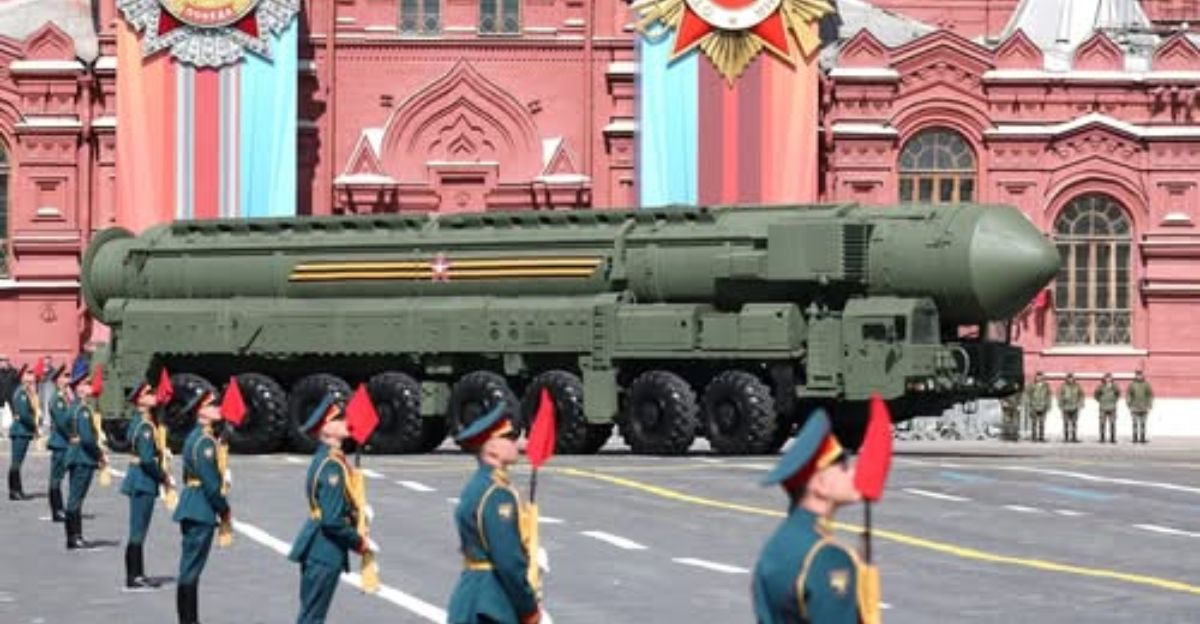
Observers still question whether symbolic gestures can alter the course of nuclear policy among armed states.
As discussed by the Arms Control Association, only meaningful action can ensure lasting change and prevent further crises.
Political Implications
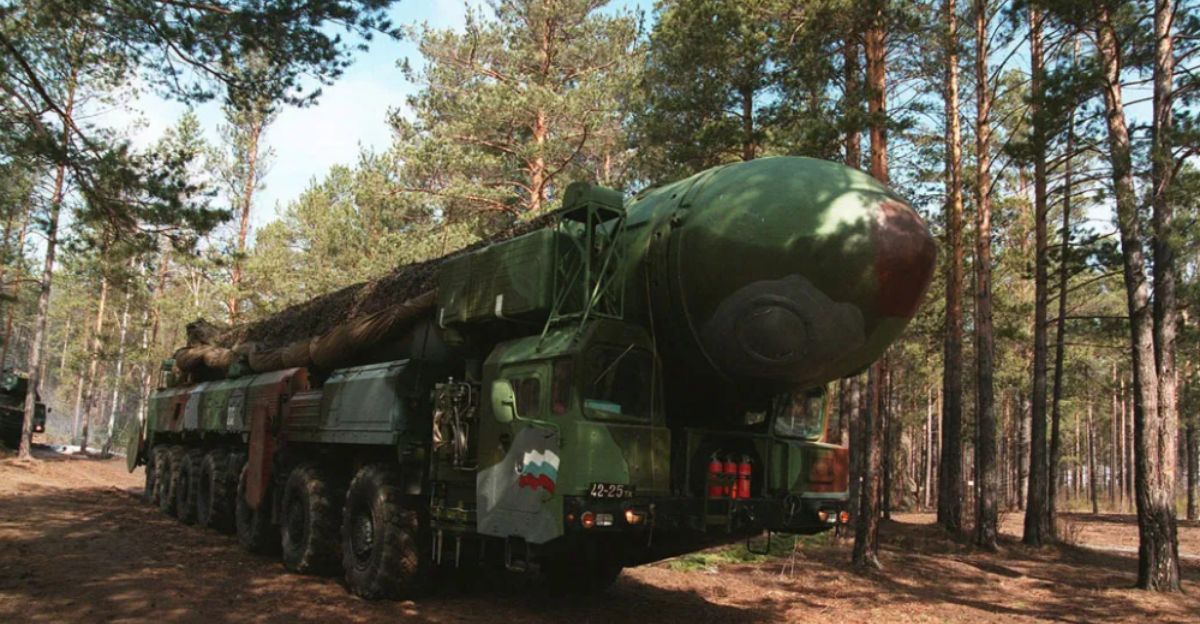
National debates have intensified, as nations try to navigate the pressures of disarmament while keeping nuclear stockpiles as a deterrent against other nations’ supply.
Reuters notes that legislatures and governments now grapple with how to balance domestic defense and newly signed international agreements, reflecting the complex dilemmas posed by nuclear restraint.
Global Influence
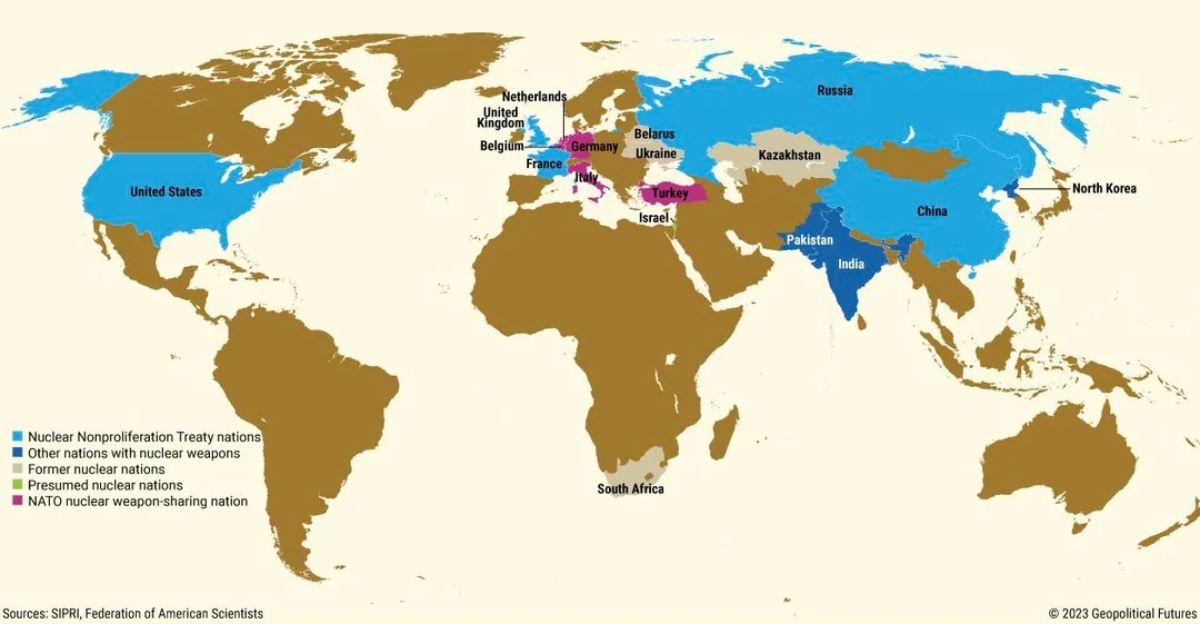
The contrast between nations with and without nuclear weapons is central to international relations.
UN News coverage details how smaller, non-aligned countries hope their collective pressure may prompt changes among nuclear-armed states.
Legal Landscape Shifts
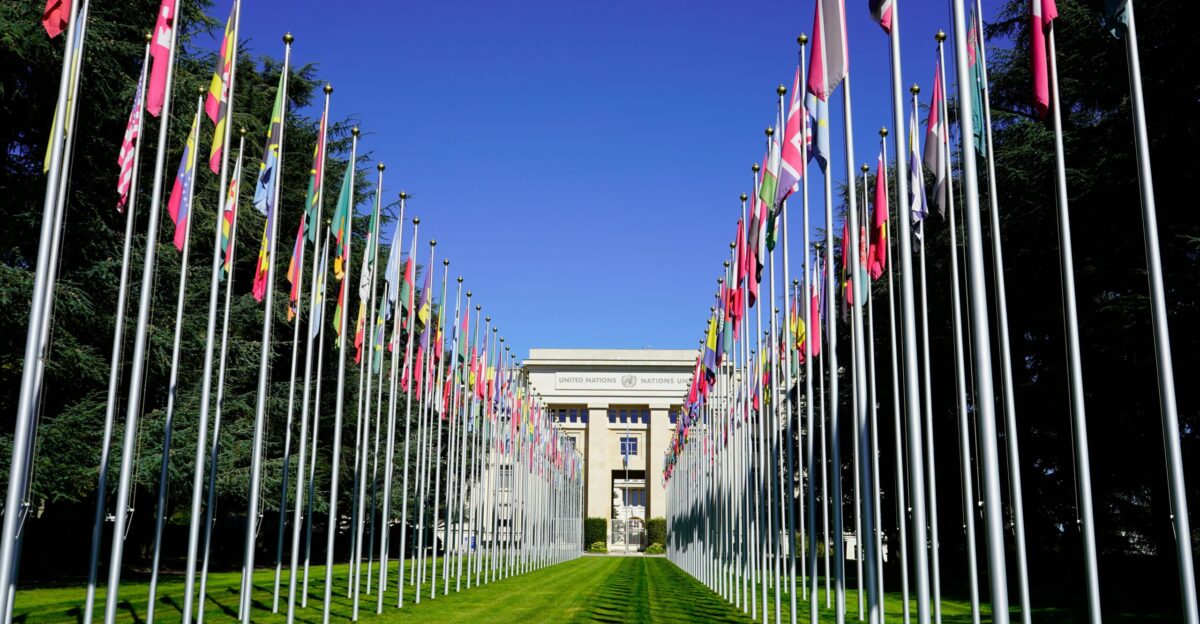
Legal experts affirm that while the UN Pact lacks binding force, it strengthens moral and legal norms.
United Nations documentation reveals that the “total elimination” of nuclear weapons now shapes national debates about security.
Cultural Shifts
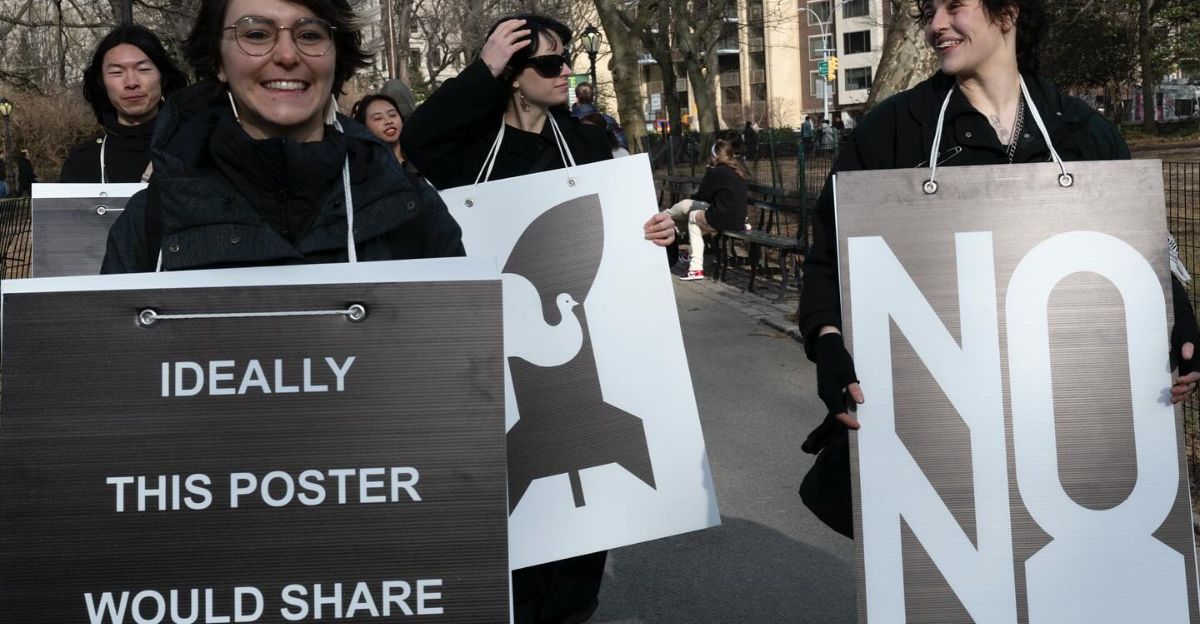
Today’s activists and citizens are more mobilized than ever.
ICAN and other grassroots organizations use online platforms to push for transparency and accountability from nuclear states, drawing attention to global trends and local actions.
Enduring Challenge
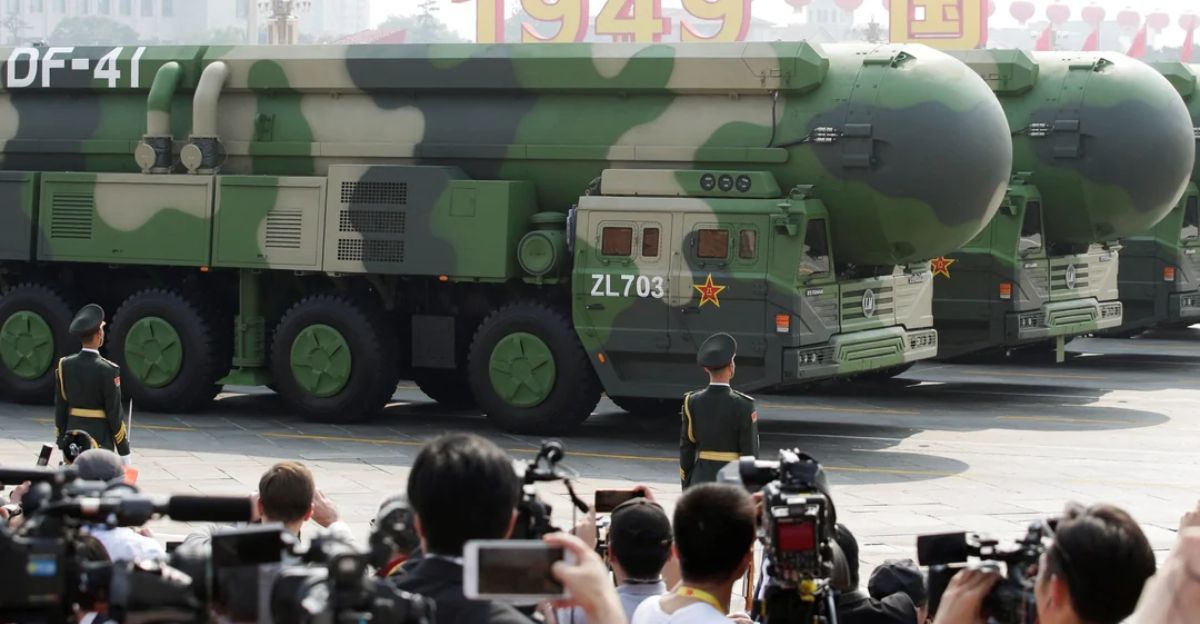
Despite new promises and changing norms, the path to a nuclear-free world remains uncertain.
The enduring lesson is clear: stopping the spread and use of nuclear weapons will require persistent international cooperation and real verification—not just words.